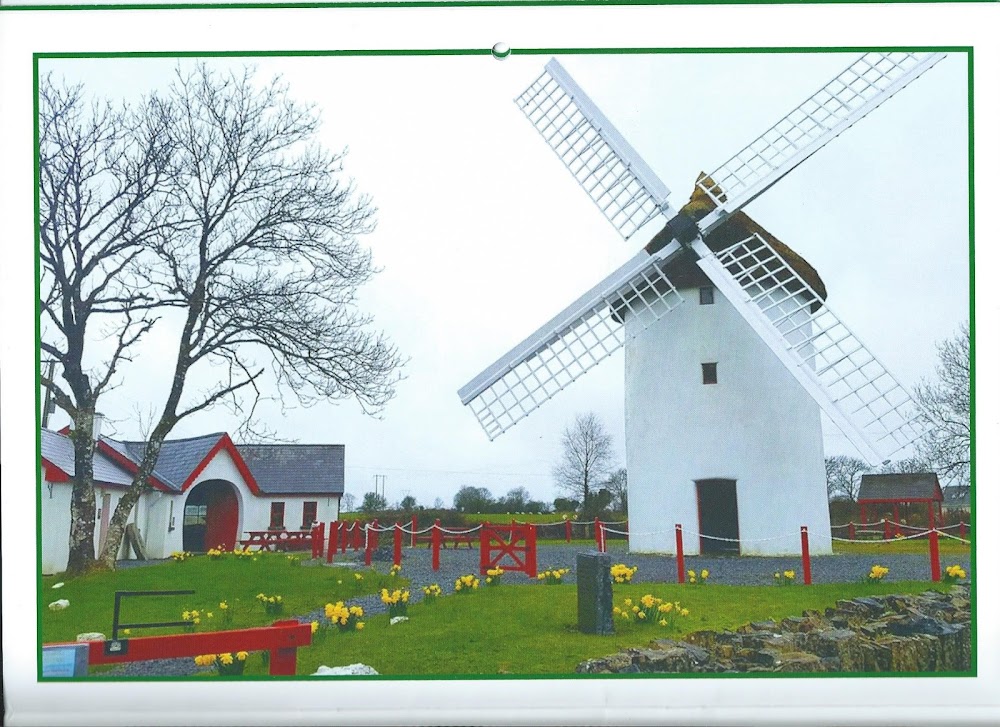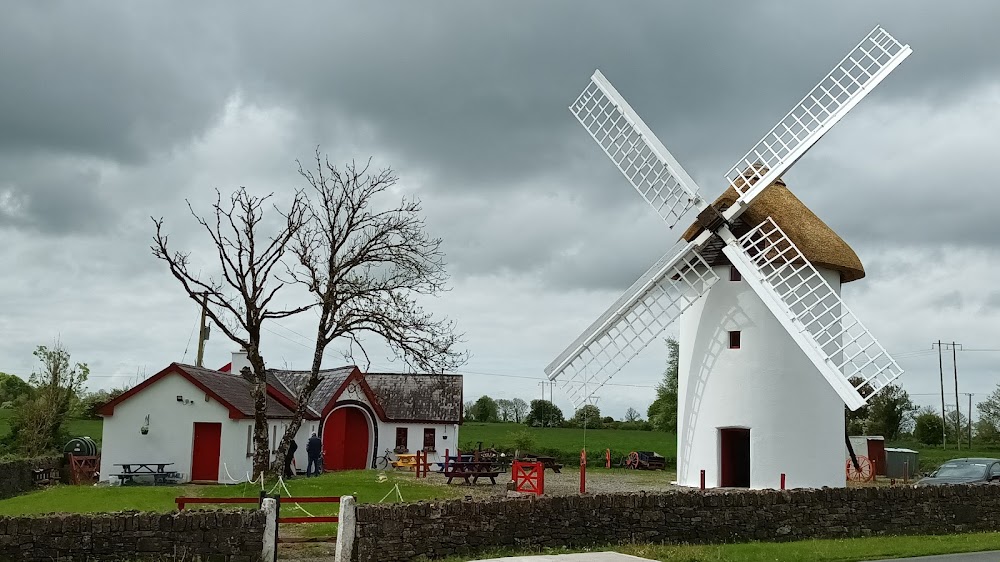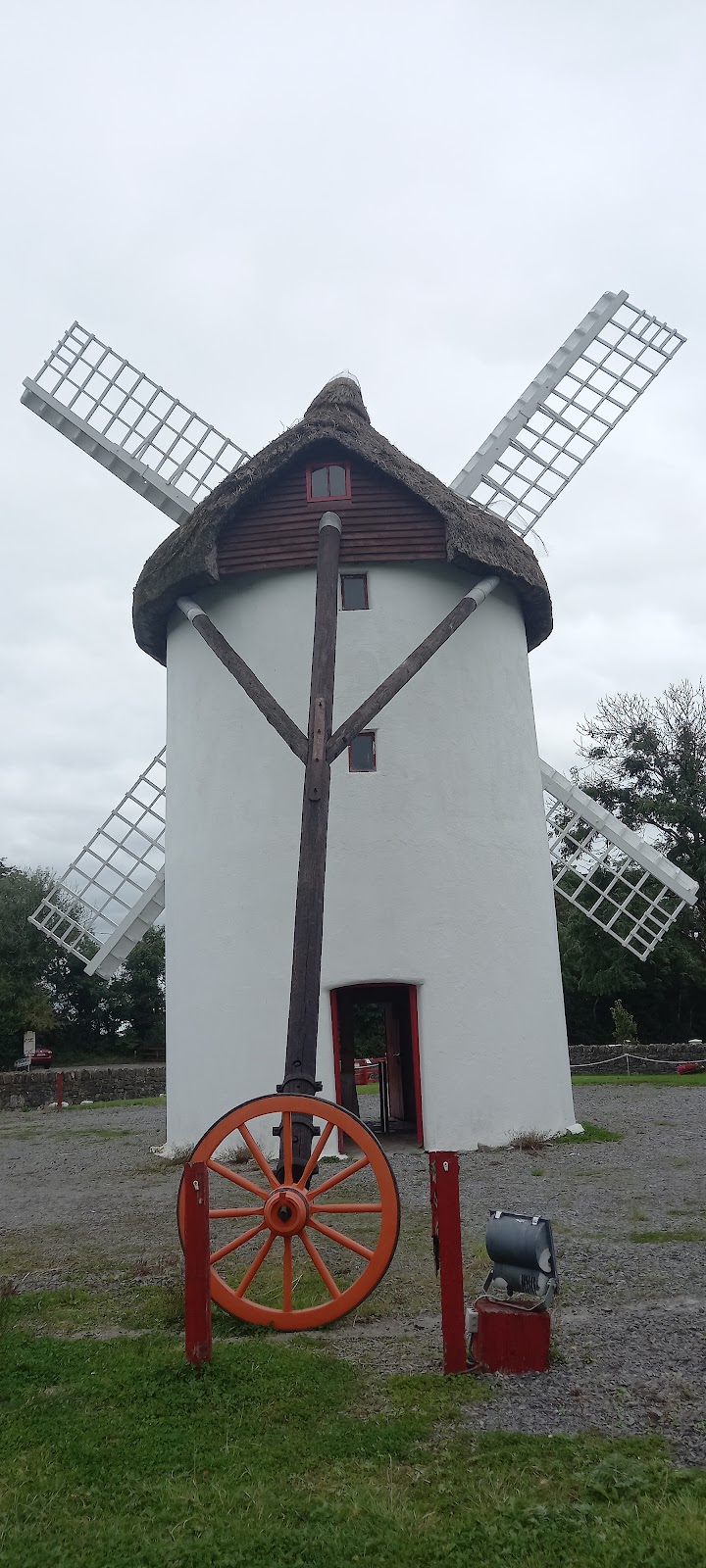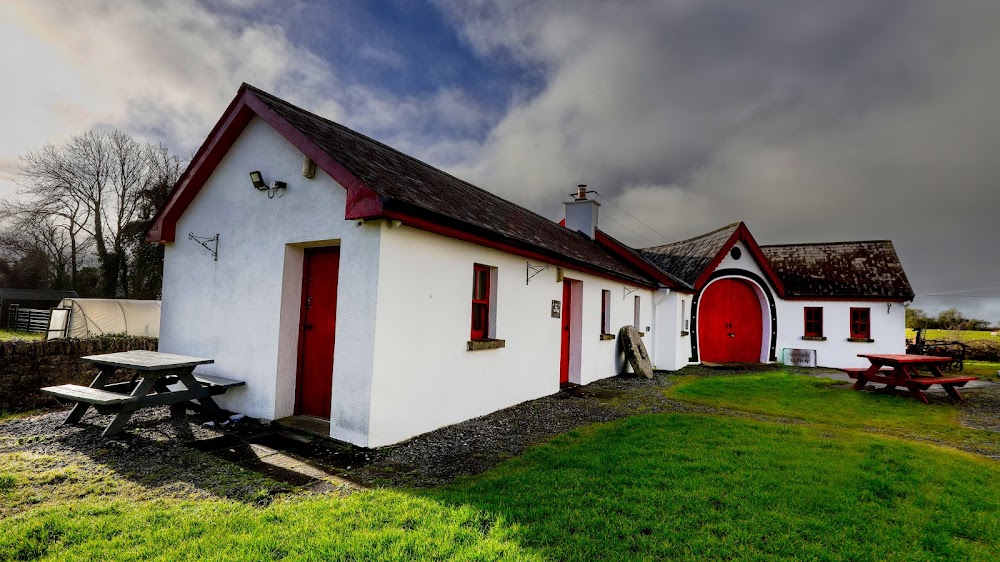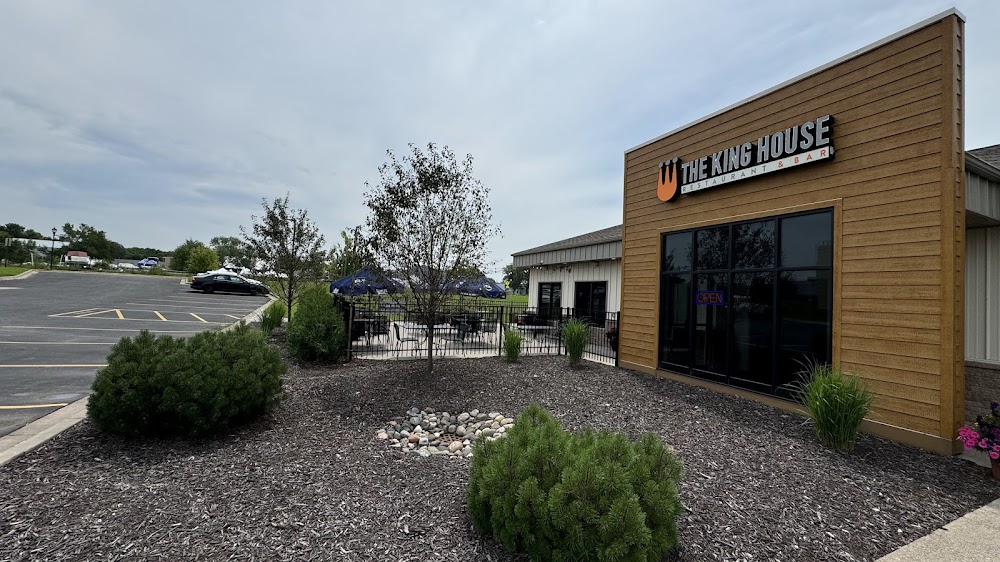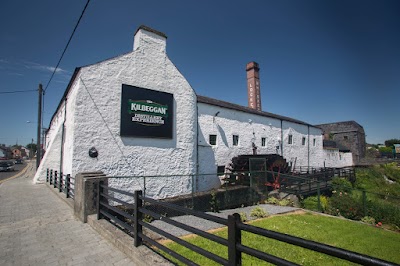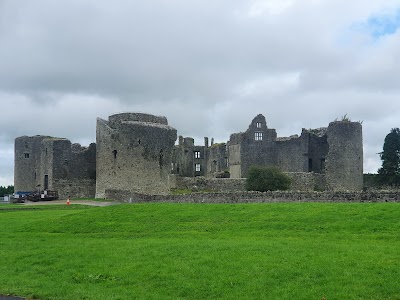Elphin Windmill (Muileann Gaoithe Ail Finn)
Overview
Discover the Elphin Windmill and Farm Museum
Nestled in the charming town of Elphin, County Roscommon, Ireland, the Elphin Windmill and Farm Museum stands as a remarkable testament to the region's agricultural history and cultural heritage. This splendid landmark invites visitors to step back in time and explore the richness of rural life from the 18th and 19th centuries.
A Historical Marvel
Originally constructed in 1720, the Elphin Windmill was built by local farmers and craftsmen using traditional techniques and locally sourced materials. Its round stone tower, made from resilient limestone, has withstood Ireland's often harsh weather, making it a sturdy symbol of the past. This mill was once essential for the community, serving as a vital resource for local farmers who relied on it to grind their corn into flour.
For nearly 150 years, the windmill operated thanks to the forces of nature, with its large wooden sails gracefully turning in the wind to power the internal mechanisms that ground grain between heavy millstones. In an era dominated by manual labor and horse-drawn machinery, the windmill represented a significant technological advancement, showcasing the ingenuity of its builders.
The Decline and Restoration
However, the industrial revolution and the rise of steam-powered mills gradually made windmills like Elphin obsolete. By the late 19th century, the windmill fell into disrepair and was eventually abandoned, leaving its picturesque stone tower overgrown with ivy and largely forgotten.
In the late 1990s, a dedicated group of local historians and volunteers recognized the windmill's historical significance and embarked on an ambitious restoration project. With community support and funding from various heritage organizations, they meticulously restored the mill to its former glory. Skilled stonemasons repaired the walls using traditional methods, while craftsmen reconstructed the wooden sails and internal machinery based on original designs, blending modern engineering techniques with historical craftsmanship.
By 1999, the restoration was complete, and the Elphin Windmill officially reopened to the public. It now proudly stands as a symbol of Elphin's rich agricultural heritage, with its sails turning once more—not for grinding grain, but to demonstrate the mill's historical function.
Explore the Farm Museum
Adjacent to the windmill is the Elphin Farm Museum, which enhances the historical experience for visitors. The museum features a variety of exhibits showcasing agricultural tools, implements, and artifacts from the 18th and 19th centuries. Guests can wander through a recreated traditional farmhouse, furnished with period furniture and household items, offering a vivid portrayal of rural life during that time.
The Elphin Windmill and Farm Museum also provide educational programs and guided tours, making it a popular destination for school groups and history enthusiasts alike. The grounds often come alive with local events and festivals that celebrate the area's cultural heritage, fostering a sense of community among visitors.
A Living Museum
Ultimately, the Elphin Windmill is more than just a restored historical building; it serves as a living museum that connects visitors with the ingenuity and hard work of past generations. This remarkable site emphasizes the importance of preserving heritage for future generations, allowing guests to experience the history and culture of rural Ireland in a tangible way.


